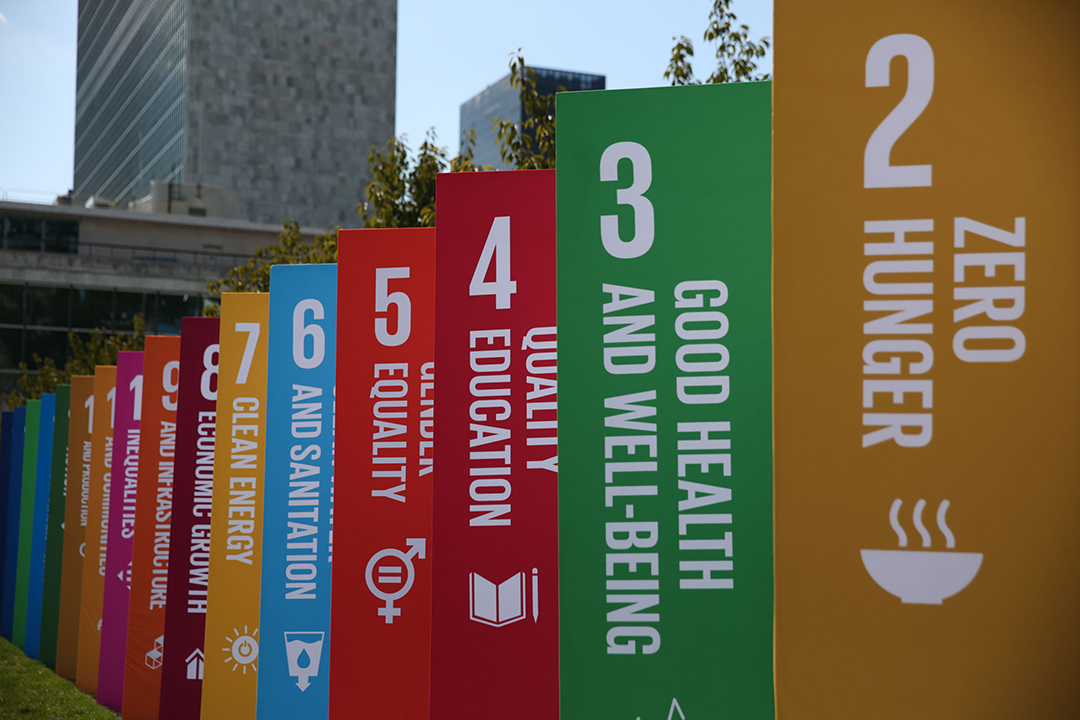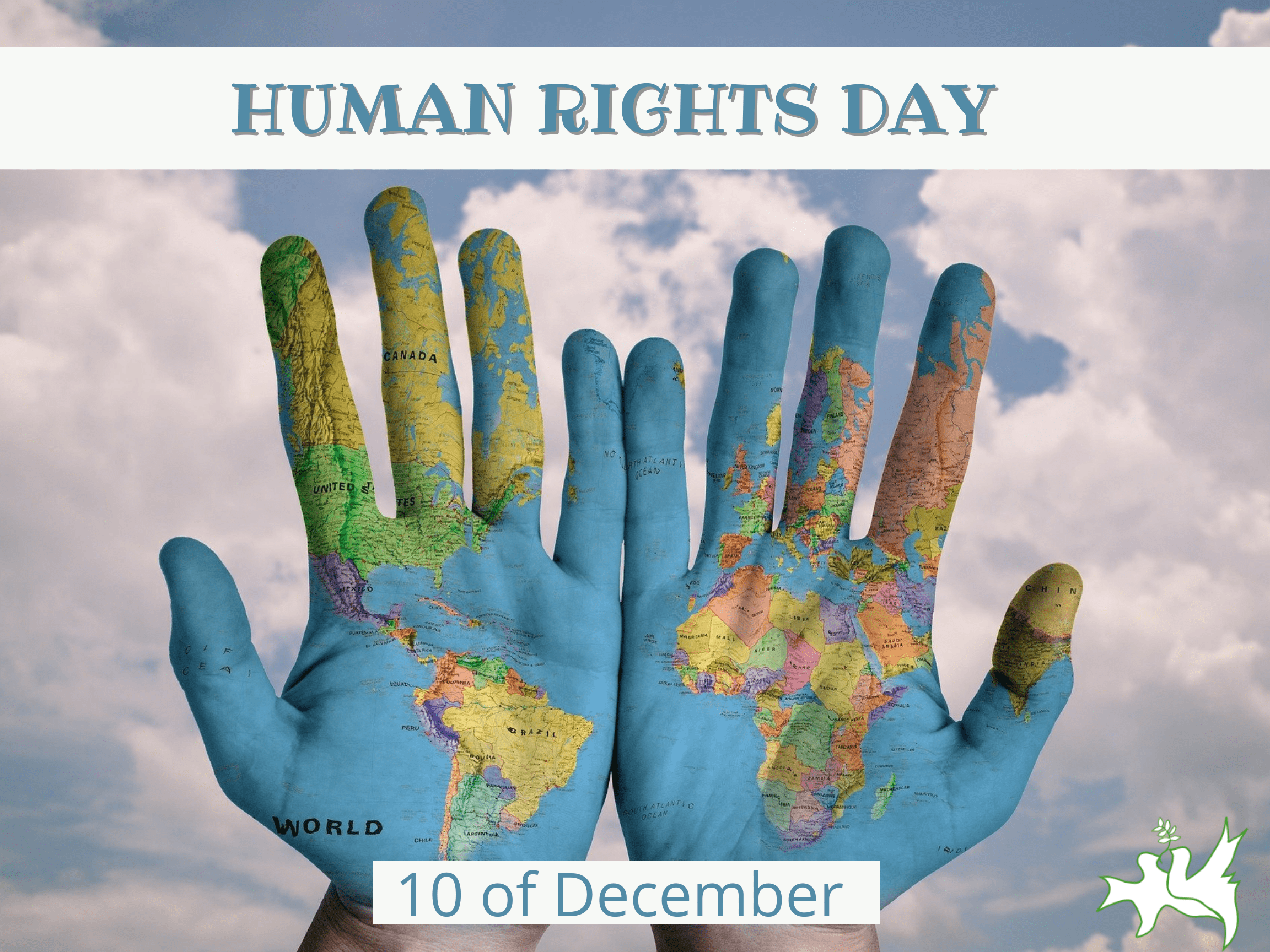From Data to Dialogue: Transforming Oncology With Real-World Evidence
This article explores the use of Real-World Data (RWD) to improve patient care in oncology. RWD, health data collected outside of a formal clinical trial, has significant potential to improve quality and affordability of care by allowing the integration of vastly more data sources into the treatment pipeline.

Sandra Cuellar, PharmD, from the University of Illinois Chicago, highlights the critical role of real-world data in shaping reimbursement models for oncology therapies and emphasizes the growing importance of patient-centered care through shared decision-making, precision medicine, and patient-reported outcomes.
The role of real-world data (RWD) and patient-centered care in oncology is evolving, said Sandra Cuellar, PharmD, clinical associate professor in the Department of Pharmacy Practice at the University of Illinois Chicago.
RWD is essential for assessing the effectiveness of high-cost cancer therapies in diverse, real-world patient populations, influencing the development of flexible reimbursement models. She also emphasizes the growing importance of patient-centered care, where patient-reported outcomes (PROs), precision medicine, and shared decision-making play a critical role in tailoring treatment options to individual patients. This shift marks a move away from one-size-fits-all approaches toward personalized care that considers patients’ unique circumstances, preferences, and quality of life.
This transcript has been lightly edited for clarity.
Transcript
How do you foresee the use of real-world data influencing the development of new reimbursement models for high-cost therapies in oncology?
I think real-world data is absolutely critical. So, when you look at the these drugs in clinical trials, [researchers] identify the best of the best patients in terms of their tolerability, their ECOG performance status. But giving these therapies in the real world in a more diverse population—maybe not as healthy—what does that look like in a more broader scheme? And I think real-world data gives us that: what does this treatment look like in the real world with maybe not such healthy patients, and what are the outcomes, and what do those metrics look like? And I think when you have more of that data that can influence how we're looking at reimbursement and have some more say in what we can do.
In terms of outpatient basis, is this really something that we're seeing benefits in the real world, or was this something that we just saw in the clinical trial? Having that real-world data allows us to have more comparative data too in order to really have more leeway in different reimbursement models. So I think real-world data is really critical.
How has the approach to patient-centered care changed in oncology in recent years, and what more can be done to put patients at the center of their treatment journey?
Yeah, so I've been working in oncology for 21 years, and patient-centered care has really been something that's, I think, more and more evolving and becoming more important. A lot of the clinical trials and data incorporate patient-reported outcomes. Sometimes we also are seeing patients be a part of the tumor board, or having their voice as a part of "Well, this is what the physician thinks for [my] therapy. But really, is this something that is for [me], the patient?"
So not only from the patient's perspective, but even patient-centered care in terms of the precision medicine that we offer, I think that is critical now in oncology as we're looking at precision medicine, looking at the unique biological features of the tumor and having specific drug therapy. We're looking at patient-reported outcomes so when we have 2 different treatment options, a lot of these clinical trials are looking at PROs and looking at them like, "Well, this [treatment] has better quality of life metrics, or this [one] has better patient-reported outcomes. And perhaps of these 2, efficacy looks the same, safety looks seem looks the same, but the PROs are better with this particular treatment vs the other."
So, I think that that is something that is becoming more incorporated. It's more a part of our thought process. Where is this patient in their journey, and where they're at in their life? And how does that influence our treatment making decisions? Before, I think 20 years ago, the physician would say, "This is a treatment we're prescribing you," and really not having a lot of that dialog between the patient and the provider.
Now, I think that it's about like, "These are your options. We can go systemic therapy. We can go [with this type]." We're getting them more involved in their treatment and what it entails. [For example], you [may] have to be hospitalized and if the patient is unable to be hospitalized because they have small children at home, what does that look like? So I think the conversation is there, and the patient has more of a voice and a say in their treatment options. And it's good to know that in 2024 we have a lot of things that we can offer these patients. It's not just systemic therapy, one-size-fits-all. We're looking at not only precision tumor medicine, but also incorporating the voice of the patient and what what their say is in their treatment. So I think that that's what we're seeing.
What is Your Reaction?
 Like
0
Like
0
 Dislike
0
Dislike
0
 Love
0
Love
0
 Funny
0
Funny
0
 Angry
0
Angry
0
 Sad
0
Sad
0
 Wow
0
Wow
0































































:focal(1500,1000)/https://media.globalcitizen.org/a6/9a/a69a4720-d8a1-4715-b596-18738d03c05c/rotary_polio_hero_image.jpg?#)









